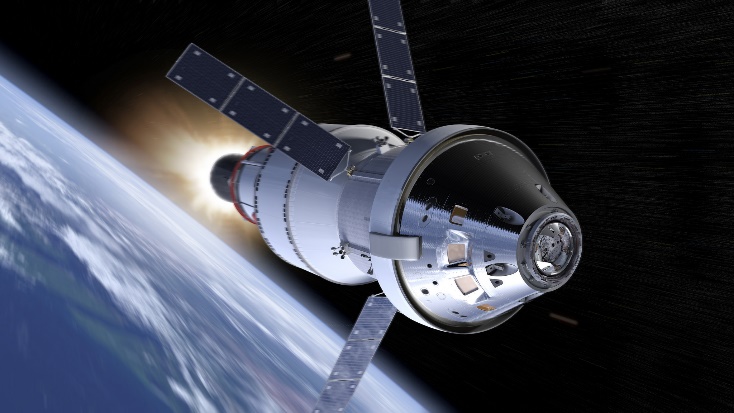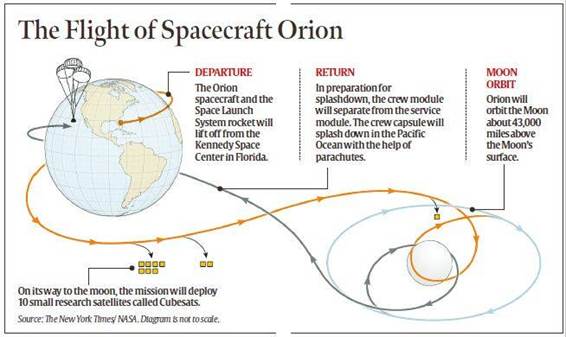





Disclaimer: Copyright infringement not intended.
Context
Orion
.jpg)
Artemis program
Details

Cubesats
Orion spacecraft
Space Launch System, or SLS
Organizations involved
Artemis Accords
Final Thought










© 2025 iasgyan. All right reserved